Home>Furniture & Design>Bathroom Accessories>How To Remove Hard Contacts Without A Plunger
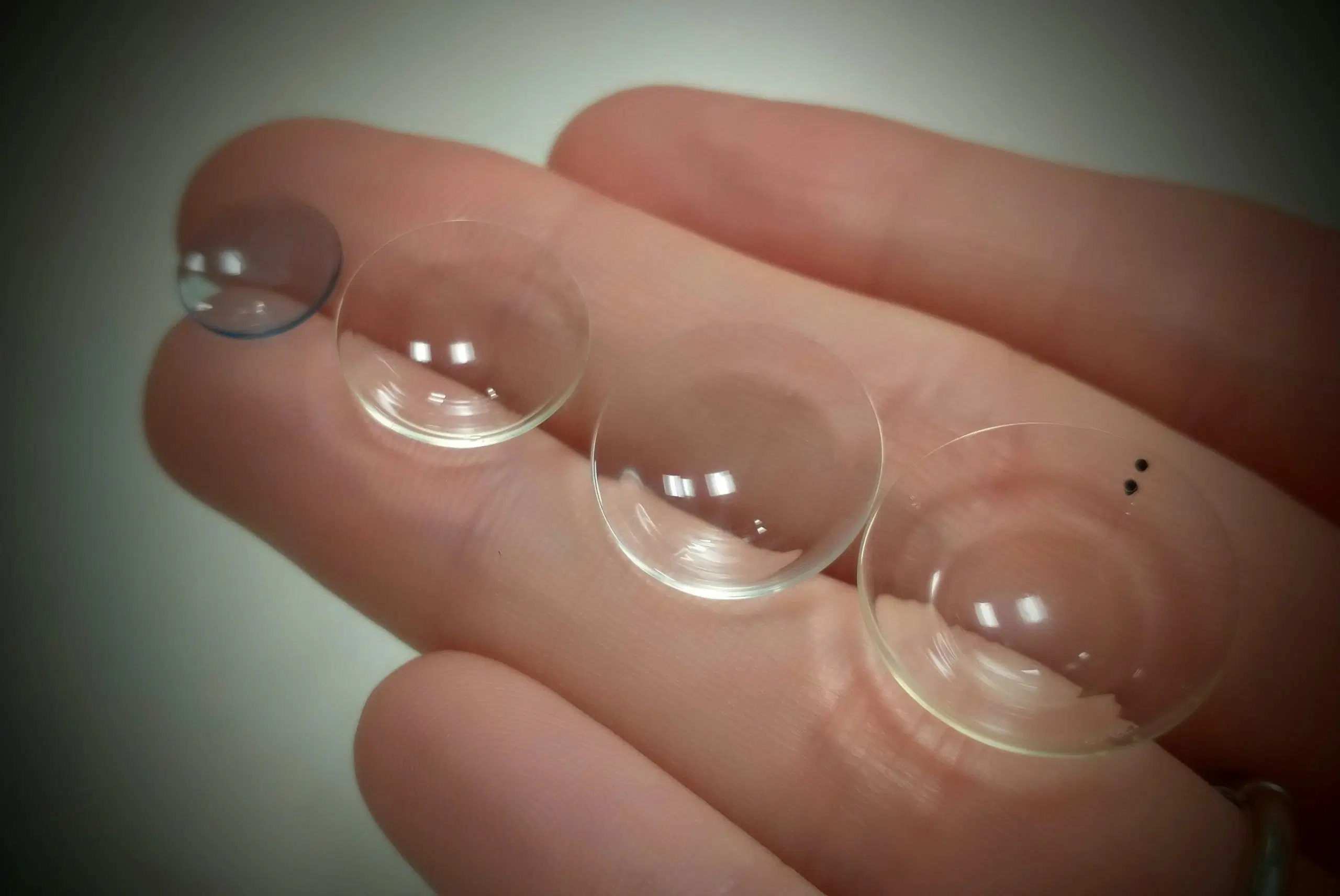

Bathroom Accessories
How To Remove Hard Contacts Without A Plunger
Published: February 11, 2024
Learn how to remove hard contacts without a plunger using simple bathroom accessories. Follow these easy steps for a quick and effective solution.
(Many of the links in this article redirect to a specific reviewed product. Your purchase of these products through affiliate links helps to generate commission for Storables.com, at no extra cost. Learn more)
Introduction
Removing hard contact lenses without a plunger can be a daunting task, especially if you find yourself without the necessary tools. Whether you've misplaced your plunger or simply don't have one on hand, it's essential to know alternative methods for safely and effectively removing your lenses. While the thought of removing hard contacts without a plunger might seem intimidating at first, with the right techniques and a gentle touch, it can be done with ease.
In this guide, we will explore step-by-step instructions for removing hard contact lenses without a plunger. By following these methods, you can ensure that your eyes remain comfortable and healthy throughout the process. From washing your hands to seeking professional help if needed, we will cover each essential step to help you navigate this task with confidence.
So, if you're faced with the challenge of removing hard contact lenses without a plunger, fear not. With the guidance provided in this article, you'll be equipped with the knowledge and techniques to tackle this task effectively. Let's dive into the step-by-step process and discover how to remove hard contact lenses without a plunger.
Key Takeaways:
- Don’t panic if you can’t find your plunger! You can remove hard contact lenses with clean hands and gentle finger techniques. Just take your time and seek professional help if needed.
- Try the “blink and slide” technique or use eye drops to make removing hard contact lenses without a plunger easier. And don’t hesitate to ask an eye care professional for assistance if you encounter any difficulties.
Read more: How To Store Contacts Without Case
Step 1: Wash Your Hands
Before attempting to remove hard contact lenses without a plunger, it is crucial to start with clean hands. Washing your hands thoroughly helps prevent the transfer of dirt, oils, or bacteria to your eyes, reducing the risk of irritation or infection. Follow these steps to ensure your hands are properly cleaned before proceeding:
-
Use Mild Soap: Begin by using a mild, fragrance-free soap and warm water. Avoid using soaps with added moisturizers or strong fragrances, as these can leave residue on your hands that may transfer to your lenses.
-
Rub Gently: Apply the soap to your hands and rub them together, ensuring that you lather the front and back of your hands, as well as between your fingers and under your nails. This thorough rubbing action helps to dislodge any dirt or bacteria from your skin.
-
Rinse Well: Thoroughly rinse your hands under running water to remove all traces of soap. Be sure to rinse for at least 20 seconds, as recommended by health experts for effective hand hygiene.
-
Dry with a Lint-Free Towel: After rinsing, use a lint-free towel to dry your hands. Avoid using towels that leave behind lint or fibers, as these can easily transfer to your contact lenses.
By following these steps to wash your hands properly, you can create a clean and safe environment for handling your hard contact lenses. This initial step sets the foundation for the rest of the lens removal process, ensuring that your hands are free from any substances that could potentially compromise the hygiene of your lenses or the health of your eyes.
Step 2: Use Your Fingers
When faced with the task of removing hard contact lenses without a plunger, using your fingers can be an effective and practical method. While it may seem challenging at first, with the right technique and gentle handling, you can safely remove your lenses without causing discomfort or irritation to your eyes.
To begin, ensure that your hands are thoroughly washed and dried as outlined in Step 1. Once your hands are clean, follow these steps to use your fingers for removing hard contact lenses:
-
Position Yourself Comfortably: Find a well-lit area and position yourself comfortably in front of a mirror. This will allow you to clearly see what you are doing and minimize the risk of dropping or losing the lenses.
-
Look Up and Hold Your Eyelids: Gently use one hand to hold your upper eyelashes and eyelid, pulling them upward to create a wider opening for your eye. This action helps prevent your eyelids from blinking involuntarily during the lens removal process.
-
Use Your Fingertips: With your free hand, use your index finger and thumb to carefully pinch the lens. Be gentle and avoid using excessive force, as hard contact lenses can be more rigid and less pliable than soft lenses.
-
Slide the Lens Off: Once you have a firm but gentle grip on the lens, slowly slide it off the surface of your eye. It's important to proceed slowly and steadily, allowing the lens to detach naturally without causing discomfort.
-
Repeat for the Other Eye: If you wear lenses in both eyes, repeat the process for the other eye, ensuring that you maintain the same level of care and attention.
By using your fingers to remove hard contact lenses, you can effectively navigate this task without the need for a plunger. It's important to approach this process with patience and a gentle touch, ensuring that you prioritize the comfort and safety of your eyes throughout.
Remember, if you encounter any difficulties or discomfort during the lens removal process, it's advisable to seek assistance from an eye care professional. With practice and the right technique, using your fingers to remove hard contact lenses can become a straightforward and manageable part of your eye care routine.
Use your fingers to gently pinch the contact lens and lift it off your eye. Be sure to wash your hands thoroughly before attempting to remove the contact.
Step 3: Blink and Slide
When it comes to removing hard contact lenses without a plunger, the "blink and slide" technique offers a simple yet effective method for safely dislodging the lenses from your eyes. This approach leverages the natural movement of your eyelids and the lubricating properties of your tears to facilitate the smooth removal of the lenses. By following the steps outlined below, you can master the blink and slide technique with confidence.
-
Prepare Your Environment: Begin by finding a well-lit and comfortable space where you can easily access a mirror. Adequate lighting is essential for clear visibility, while a mirror allows you to observe the positioning of the lenses and monitor the removal process.
-
Relax and Blink: Take a moment to relax and blink naturally. Blinking helps to distribute tears across the surface of your eyes, providing lubrication that can aid in loosening the grip of the contact lenses. Allow your eyelids to move freely, facilitating the natural movement of the lenses.
-
Tilt Your Head: Tilt your head slightly backward to encourage the contact lenses to move toward the lower part of your eyes. This positioning can make it easier to access the edges of the lenses and initiate the removal process.
-
Initiate the Slide: With your eyes open, use your fingertip to gently press on the edge of the contact lens. As you apply slight pressure, initiate a slow and deliberate blinking motion. The combination of gentle pressure and blinking can encourage the lens to slide off the surface of your eye.
-
Repeat as Needed: If the lens does not slide off immediately, continue to blink and apply gentle pressure, allowing the natural movement of your eyelids to gradually dislodge the lens. It's important to exercise patience and avoid rushing the process to prevent discomfort or potential damage to the lenses.
-
Address Any Discomfort: If you experience any discomfort or resistance during the blink and slide process, pause and assess the situation. It's essential to prioritize the comfort and safety of your eyes, so if you encounter persistent difficulty, consider seeking assistance from an eye care professional.
The blink and slide technique offers a gentle and intuitive approach to removing hard contact lenses without a plunger. By harnessing the natural movements of your eyelids and leveraging the lubricating properties of your tears, you can navigate the lens removal process with ease. With practice and patience, mastering this technique can become a seamless part of your contact lens maintenance routine, ensuring the ongoing health and comfort of your eyes.
Step 4: Try Using Eye Drops
Introducing eye drops into the process of removing hard contact lenses without a plunger can offer a valuable aid in facilitating the safe and comfortable dislodging of the lenses from your eyes. Eye drops, specifically formulated for use with contact lenses, can provide lubrication and moisture, making it easier to maneuver the lenses and reduce potential discomfort during the removal process.
To incorporate eye drops into the lens removal procedure, follow these steps:
-
Select the Right Eye Drops: Choose eye drops that are specifically designed for use with contact lenses. These drops are formulated to be compatible with the materials of both soft and hard lenses, ensuring that they provide effective lubrication without compromising the integrity of the lenses.
-
Prepare Your Environment: Find a well-lit area and position yourself in front of a mirror. Ensuring that you have a clear view of your eyes and the lenses will help you apply the eye drops accurately and monitor their effects.
-
Tilt Your Head Back: Tilt your head backward to allow for easy access to your eyes. This positioning facilitates the application of the eye drops and allows them to spread evenly across the surface of your eyes.
-
Administer the Eye Drops: With one hand, gently pull down your lower eyelid to create a small pocket. Using the other hand, hold the eye drop bottle or vial and carefully apply the recommended number of drops into the pocket of your lower eyelid. Avoid touching the tip of the eye drop container to prevent contamination.
-
Blink and Allow Absorption: After administering the eye drops, blink gently to help spread the moisture across the surface of your eyes. Allow the drops to be absorbed for a few moments, ensuring that they effectively lubricate the area around the contact lenses.
-
Initiate the Removal Process: Once the eye drops have had a chance to take effect, proceed with the techniques outlined in the previous steps to gently remove the hard contact lenses. The lubrication provided by the eye drops can make the lenses easier to maneuver, reducing the risk of discomfort or resistance during the removal process.
By incorporating eye drops into the process of removing hard contact lenses without a plunger, you can enhance the overall comfort and ease of the lens removal process. The lubricating properties of the eye drops can contribute to a smoother and more seamless removal experience, ensuring that your eyes remain comfortable and well-cared for throughout the procedure. If you encounter persistent difficulty or discomfort, it's advisable to seek guidance from an eye care professional to address any concerns and ensure the ongoing health of your eyes.
Read more: How To Store Contacts Without Solution
Step 5: Seek Professional Help
In some instances, despite your best efforts and adherence to the recommended techniques, you may encounter challenges or discomfort when attempting to remove hard contact lenses without a plunger. When faced with persistent difficulty or if you experience any unusual sensations during the lens removal process, seeking professional help from an eye care specialist is crucial.
Eye care professionals, including optometrists and ophthalmologists, possess the expertise and specialized tools necessary to address a wide range of contact lens-related concerns. By reaching out to these professionals, you can benefit from their knowledge and experience in navigating complex or challenging situations associated with contact lens maintenance.
When considering the option to seek professional help for the removal of hard contact lenses without a plunger, it's important to be mindful of the following factors:
-
Persistent Discomfort: If you experience persistent discomfort, pain, or irritation during the lens removal process, it's essential to prioritize the health and safety of your eyes. Seeking professional assistance can help identify the underlying cause of the discomfort and ensure that any potential issues are promptly addressed.
-
Unusual Resistance: If you encounter significant resistance when attempting to remove the lenses, despite following the recommended techniques, it's advisable to consult with an eye care professional. They can assess the situation and provide guidance on safe and effective methods for addressing the resistance without compromising the integrity of the lenses or the health of your eyes.
-
Unforeseen Complications: In the event of unforeseen complications, such as a torn or damaged lens, seeking professional help becomes imperative. Eye care specialists can offer tailored solutions and interventions to address specific issues, ensuring that your eyes remain protected and well-cared for.
By reaching out to an eye care professional when faced with challenges related to the removal of hard contact lenses without a plunger, you can access personalized guidance and support tailored to your unique circumstances. These professionals can offer insights, recommendations, and, if necessary, specialized tools to facilitate the safe and effective removal of your lenses.
Remember, the decision to seek professional help demonstrates a proactive approach to maintaining the health and comfort of your eyes. By collaborating with eye care specialists, you can navigate any challenges with confidence, knowing that you have access to expert guidance and support when it comes to caring for your contact lenses and preserving the well-being of your eyes.
Frequently Asked Questions about How To Remove Hard Contacts Without A Plunger
Was this page helpful?
At Storables.com, we guarantee accurate and reliable information. Our content, validated by Expert Board Contributors, is crafted following stringent Editorial Policies. We're committed to providing you with well-researched, expert-backed insights for all your informational needs.
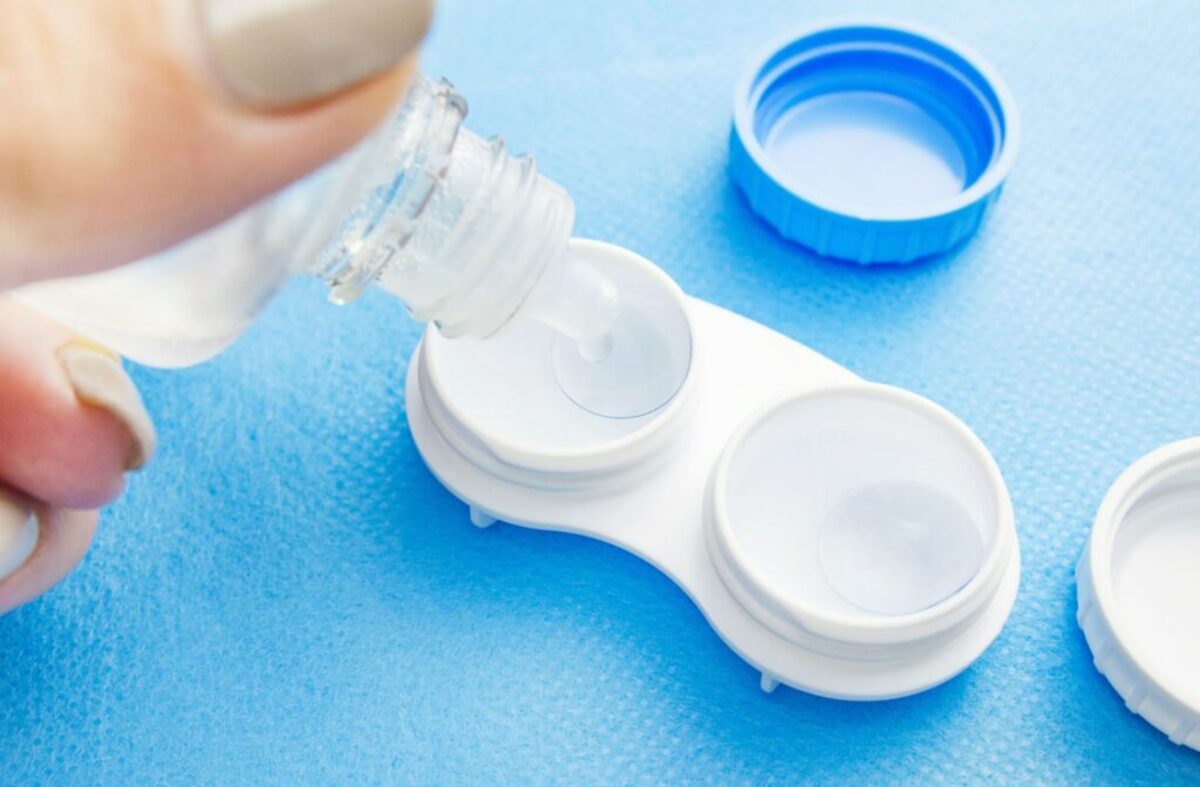
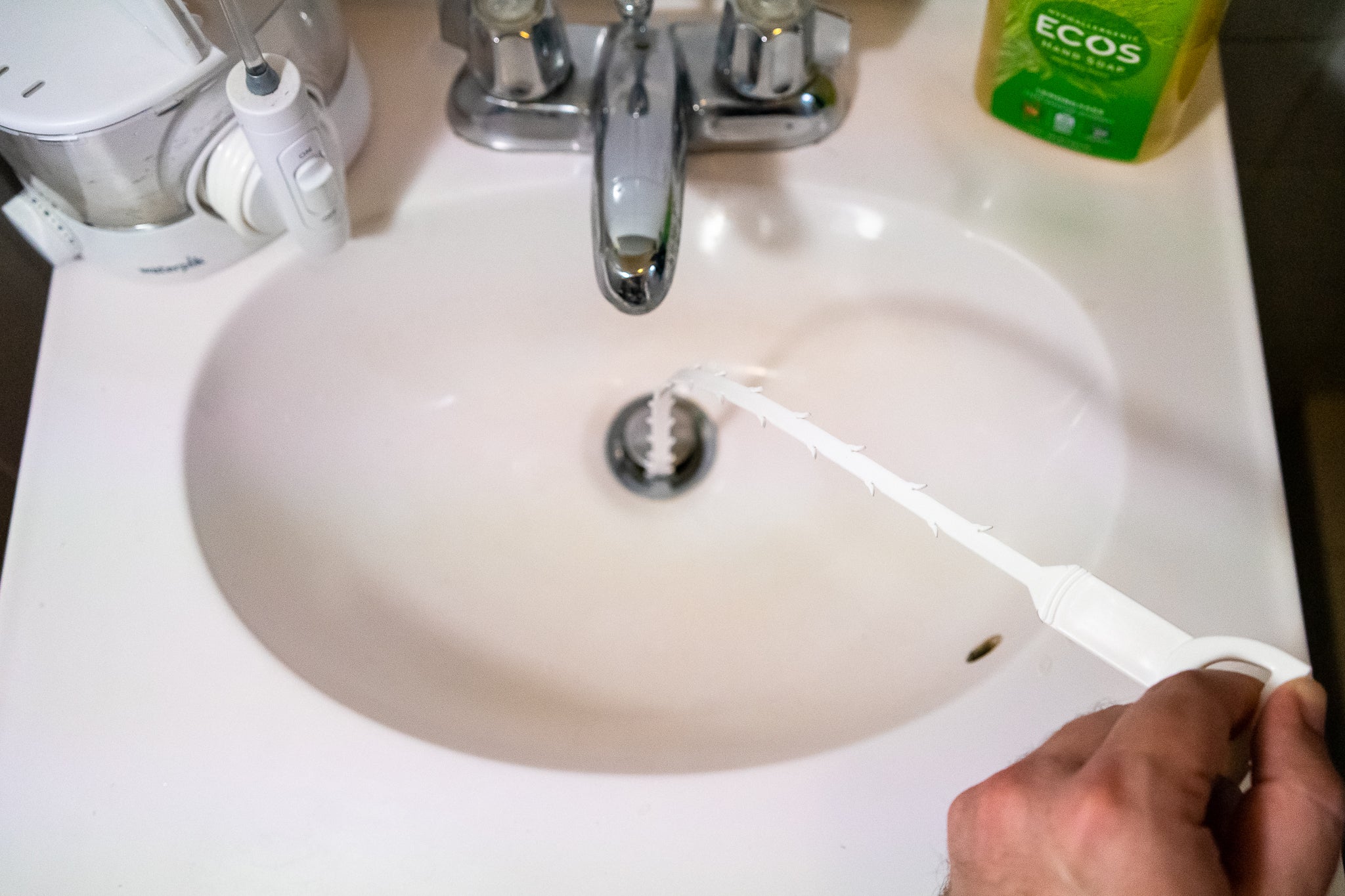
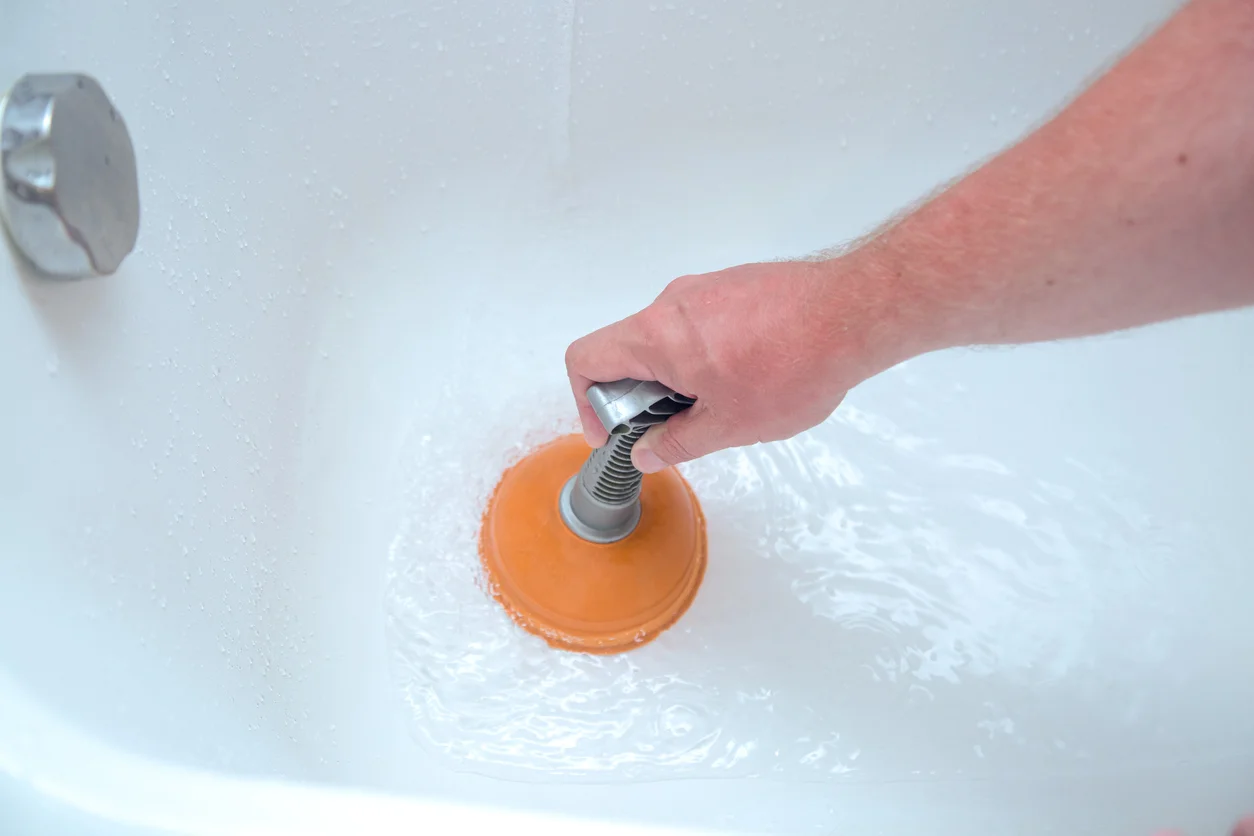
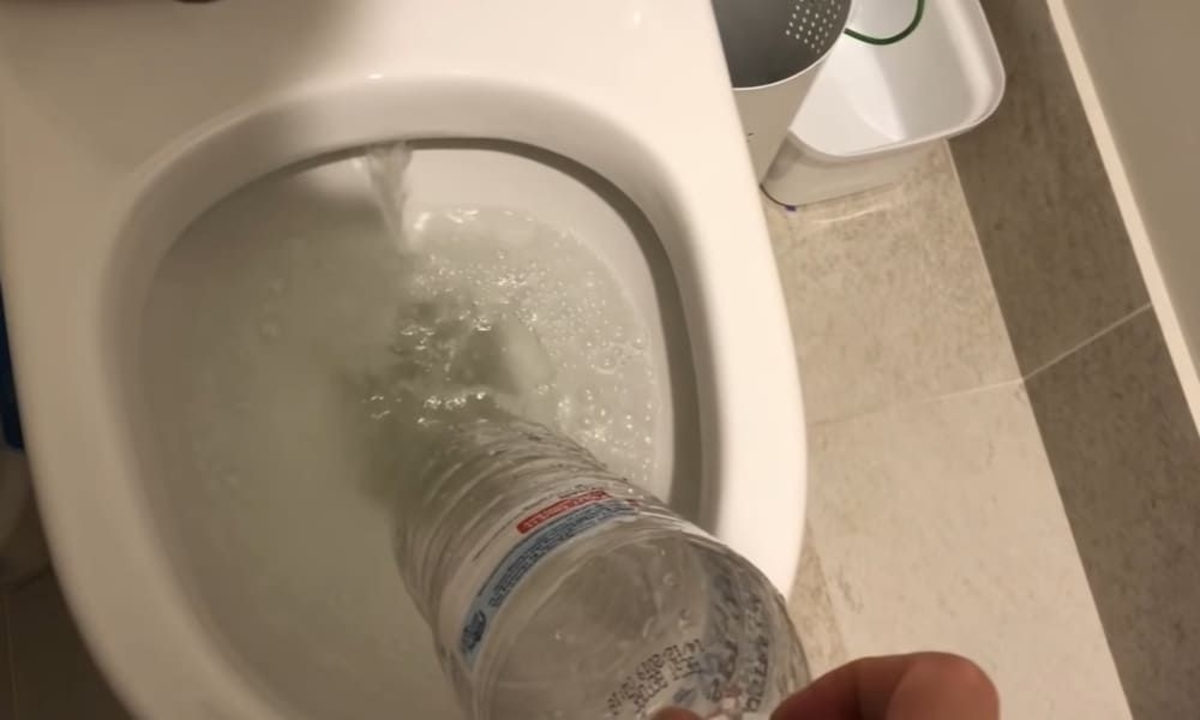

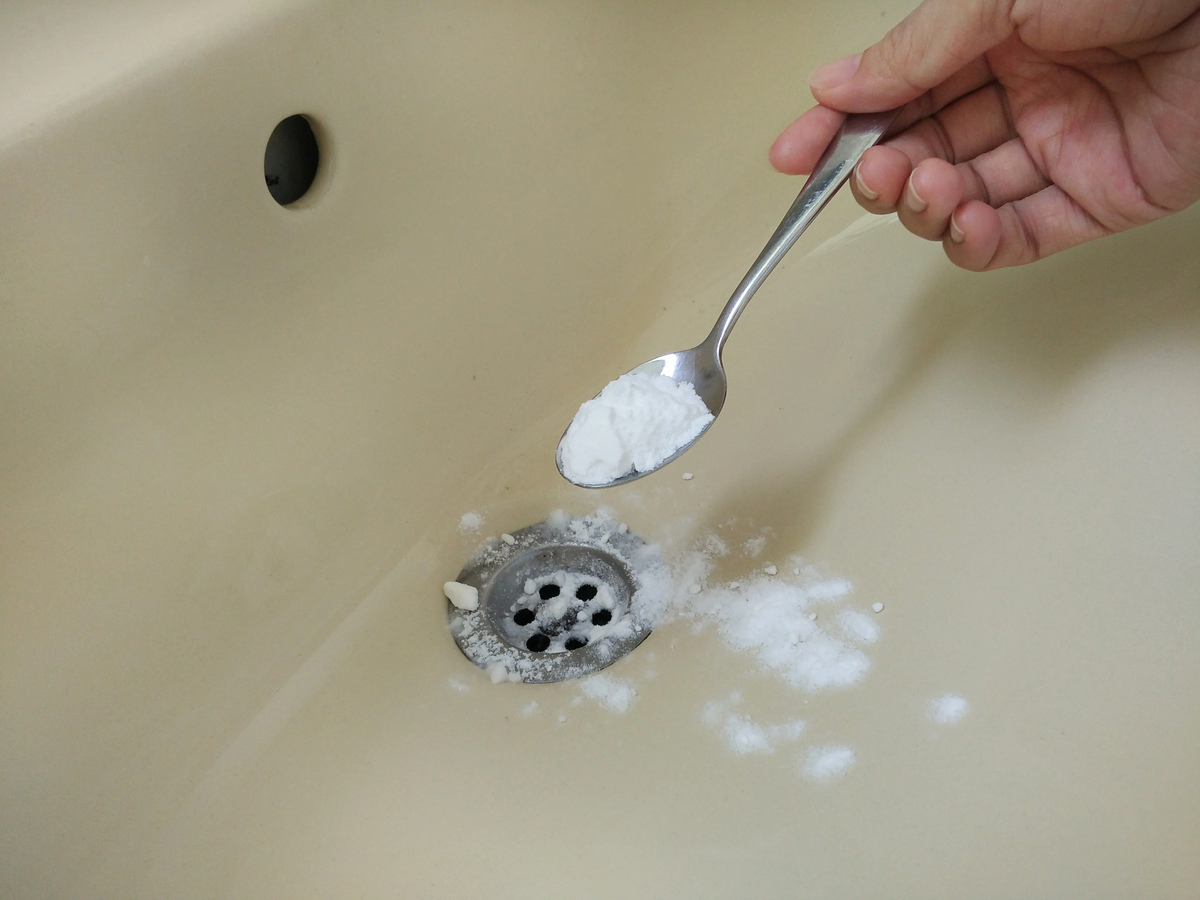
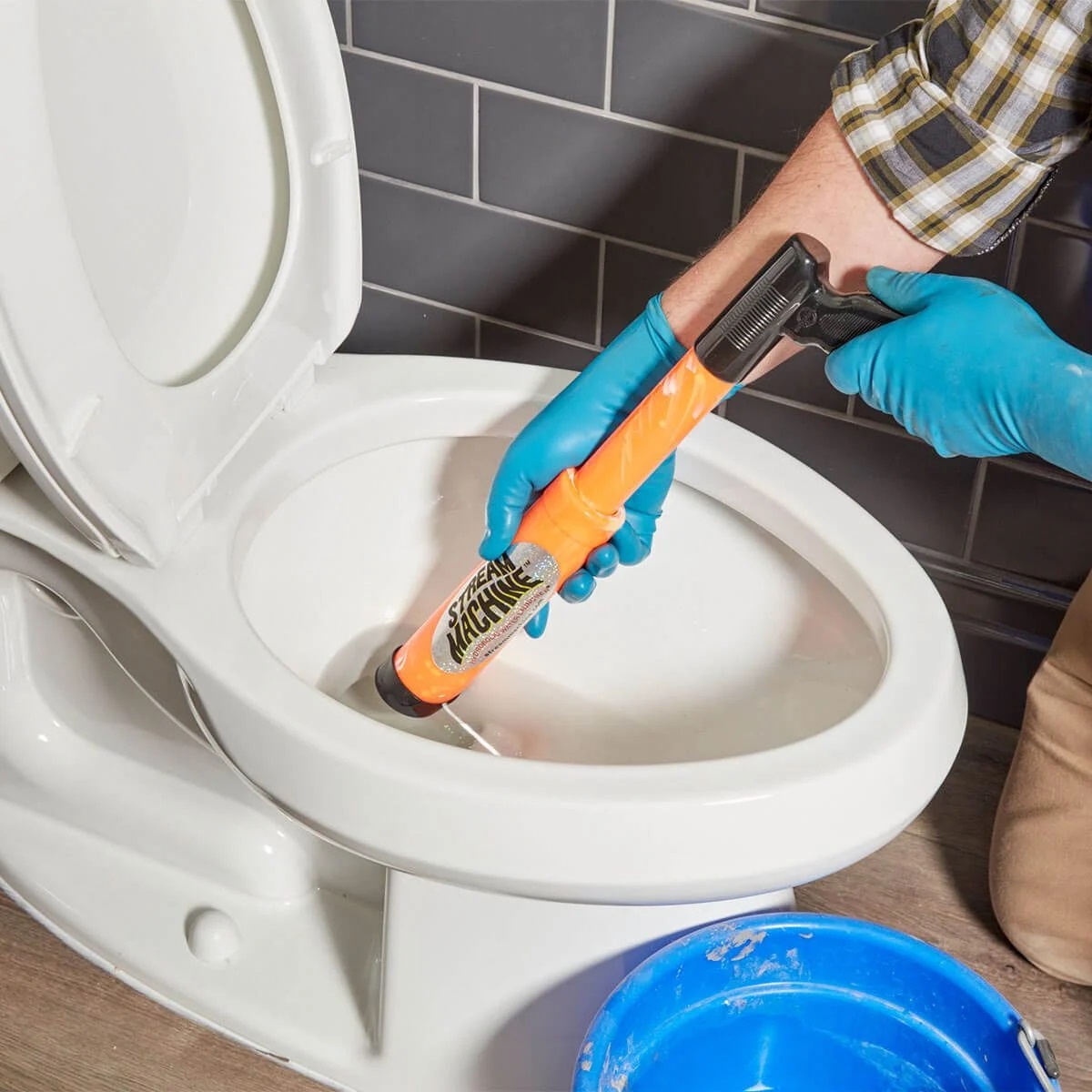
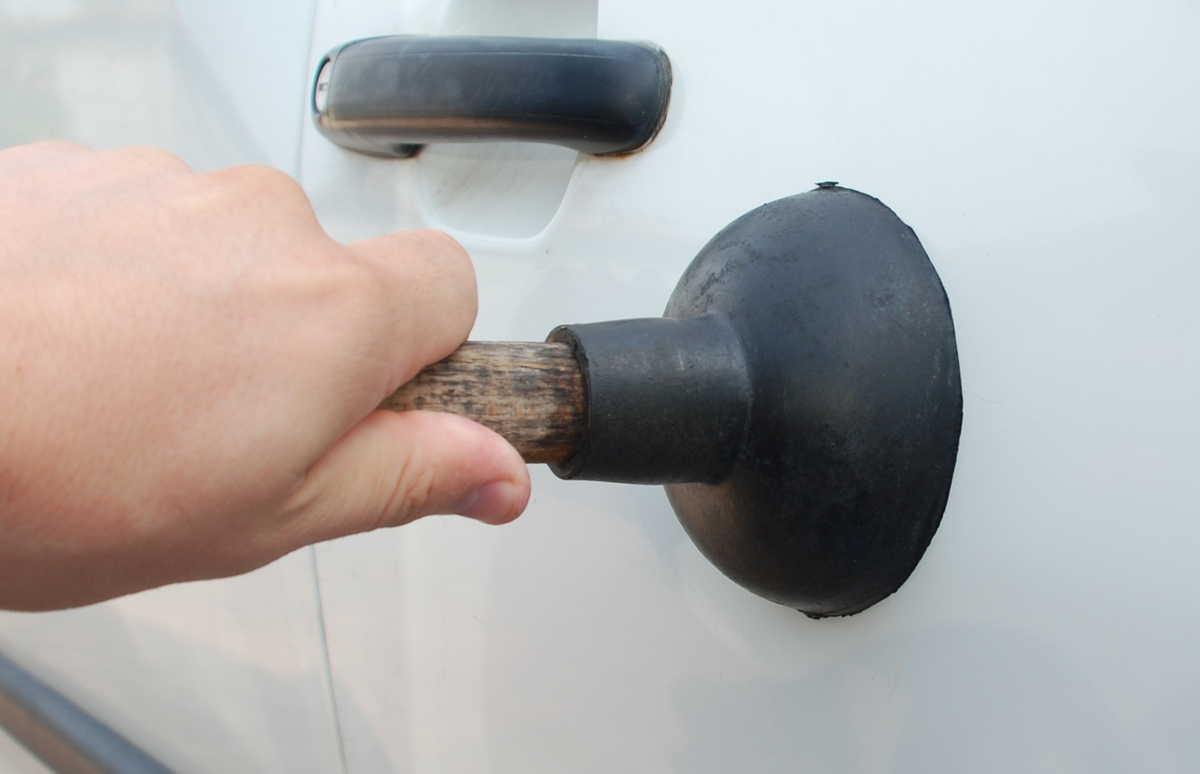
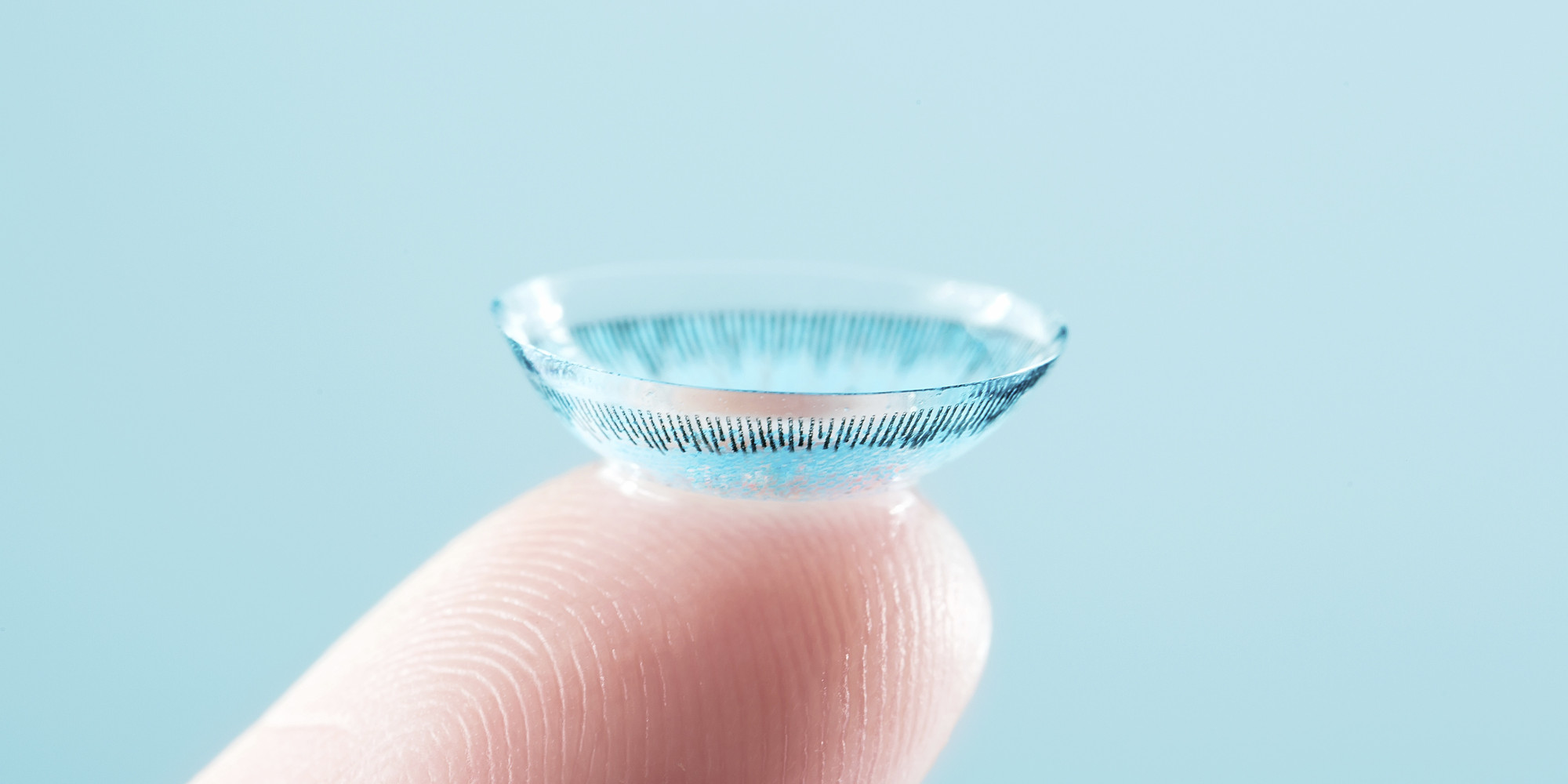
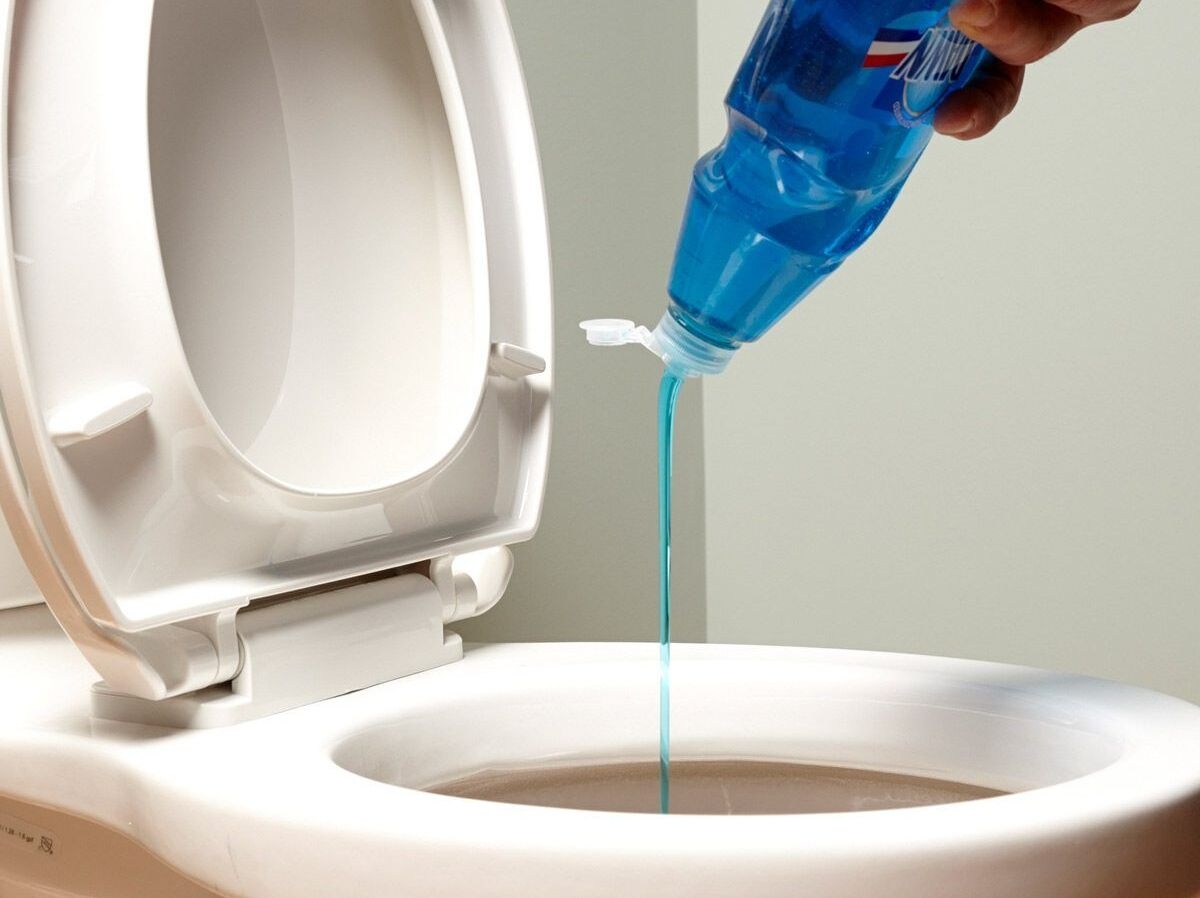
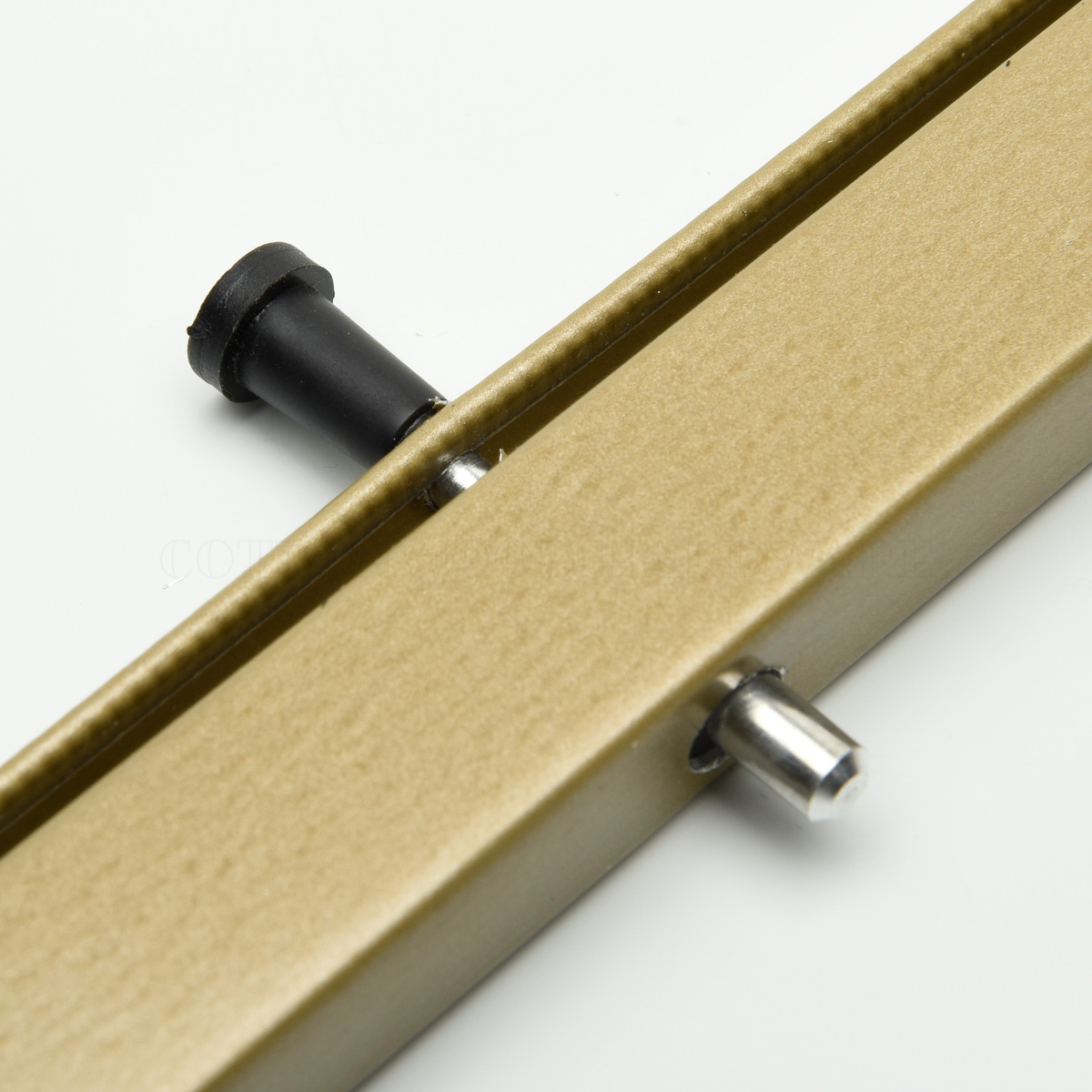
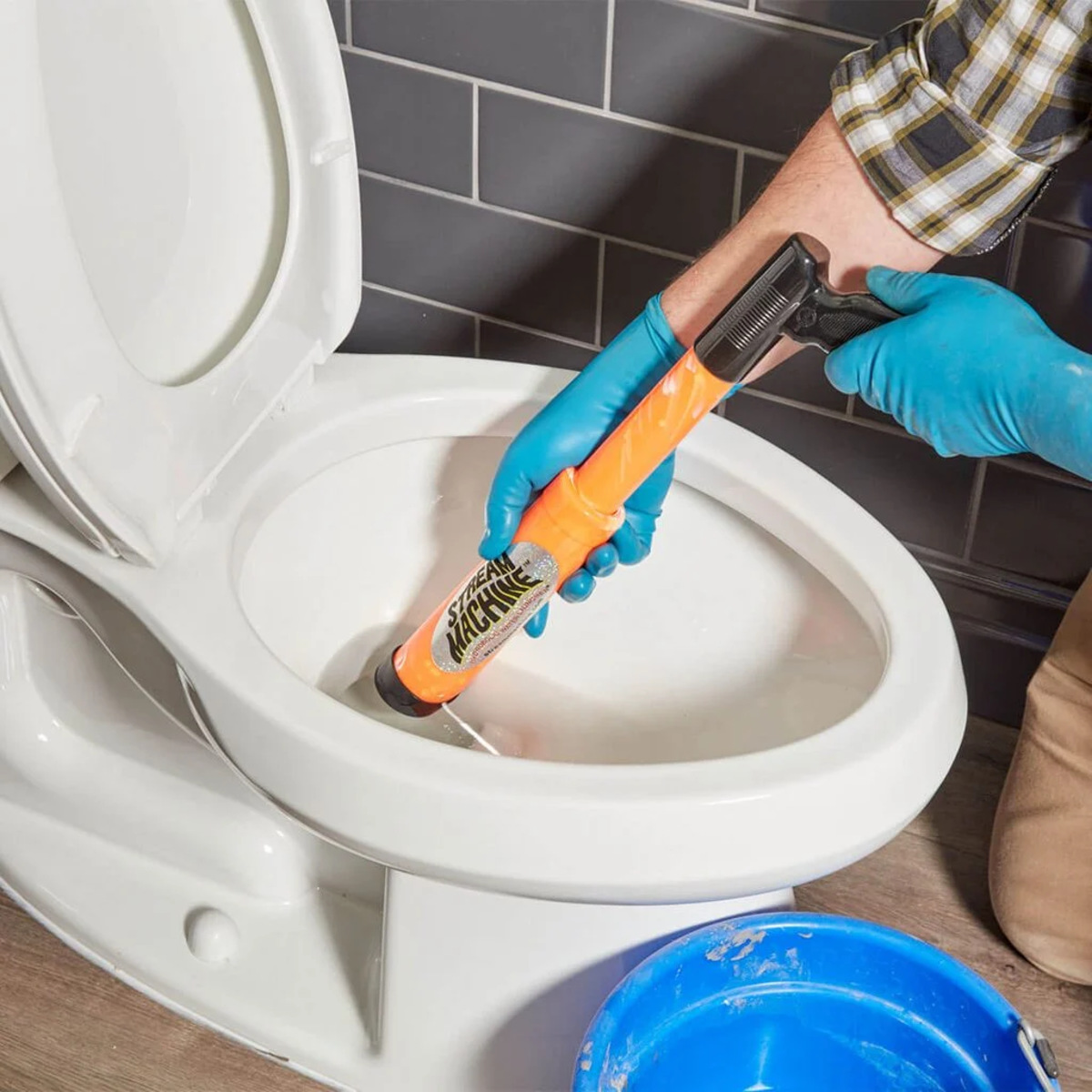
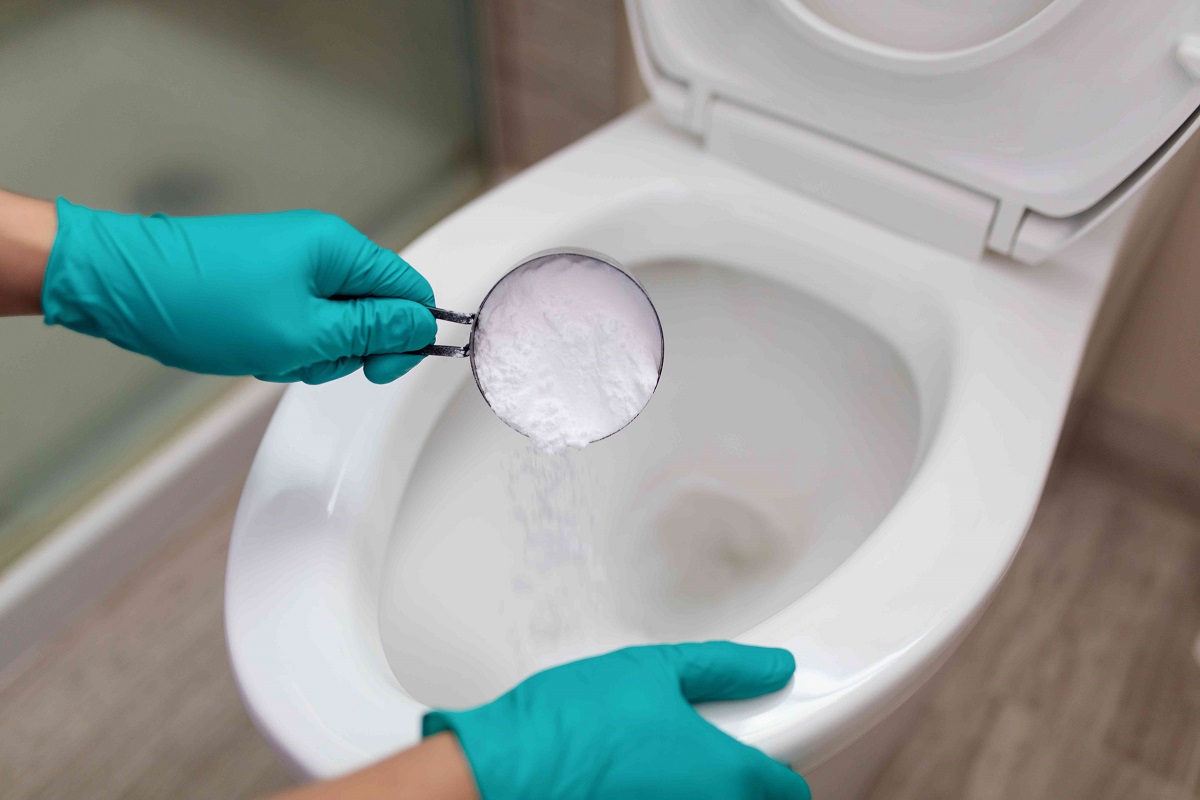
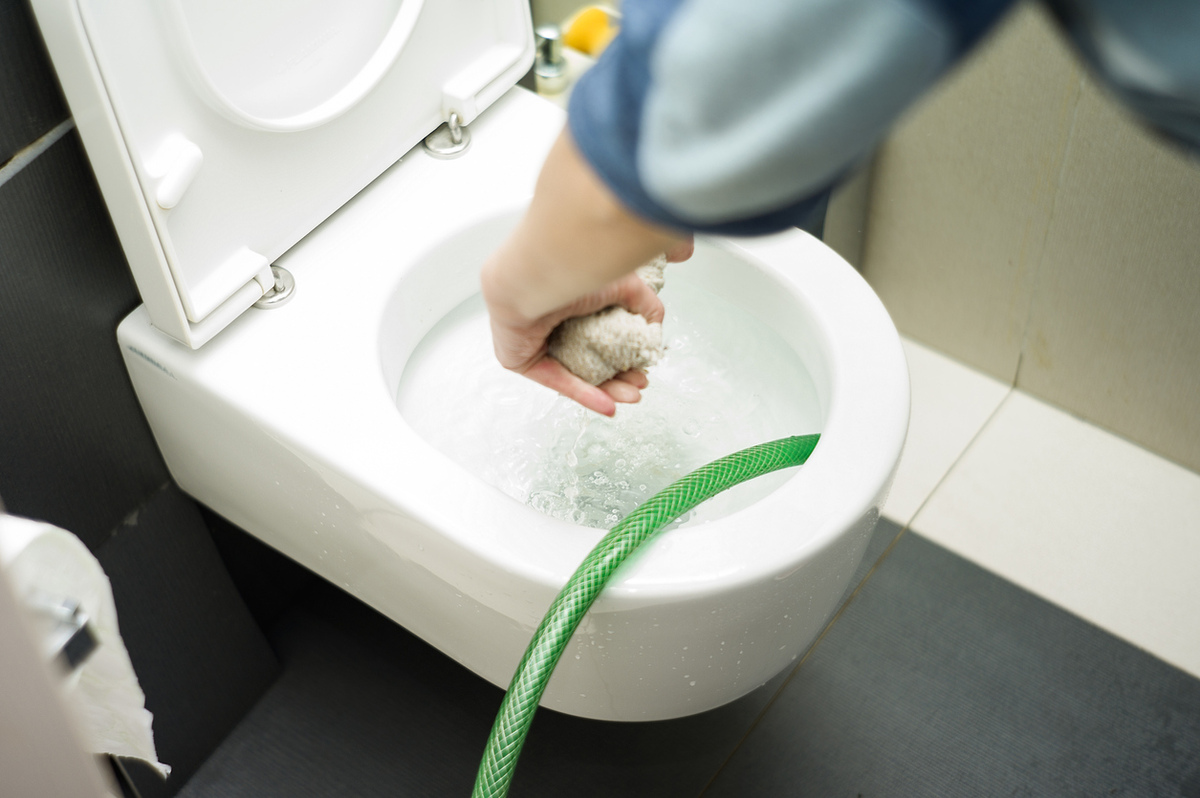

0 thoughts on “How To Remove Hard Contacts Without A Plunger”